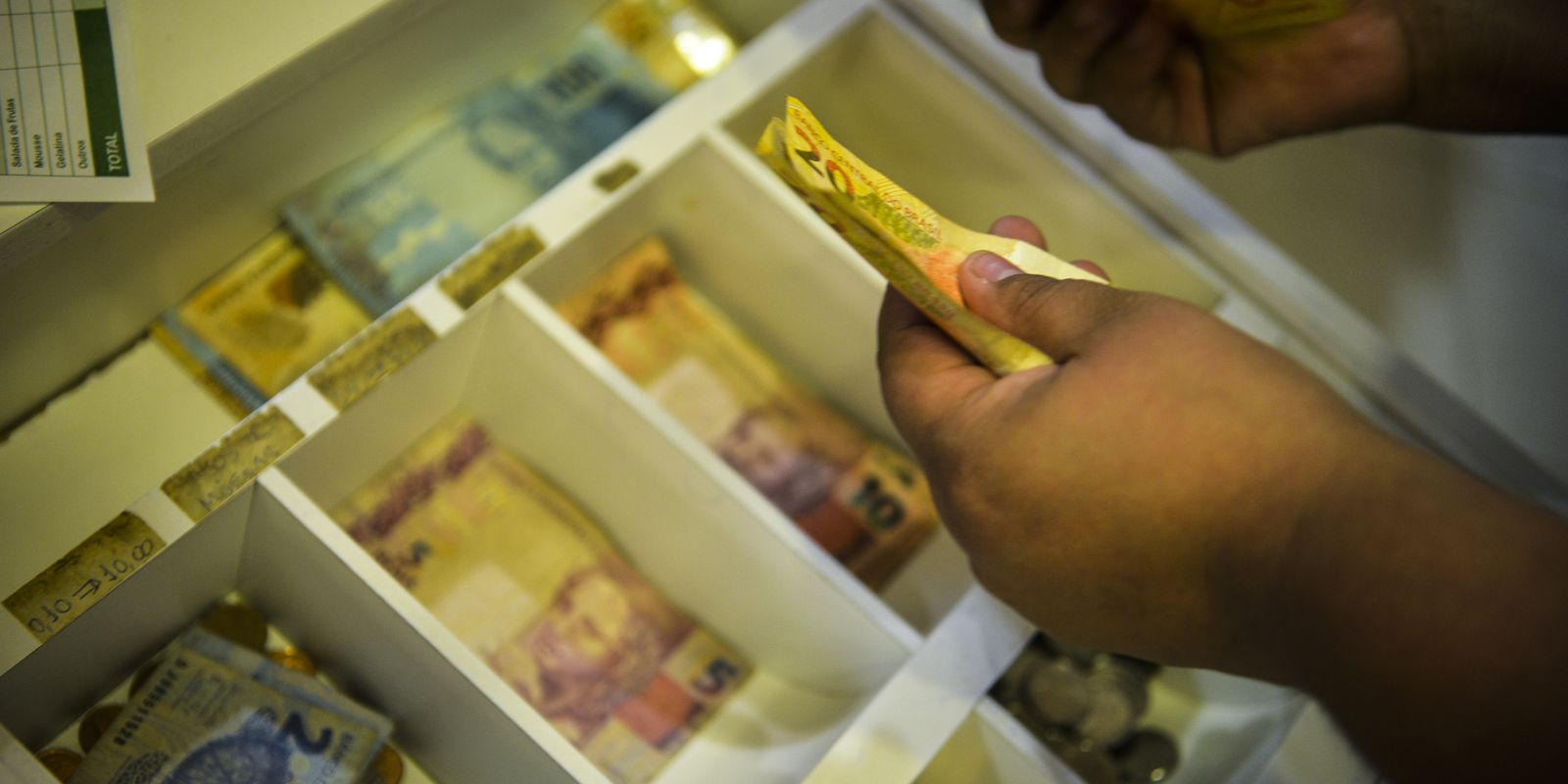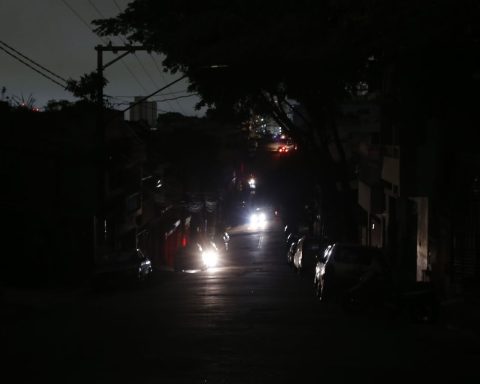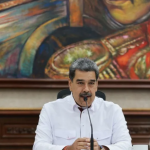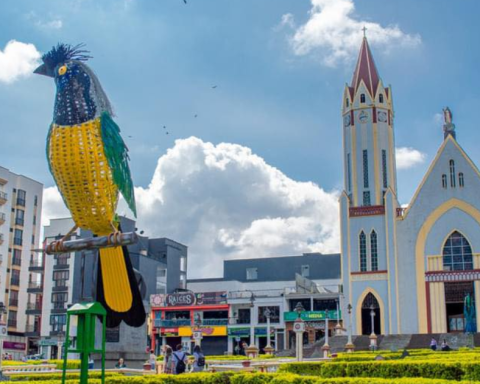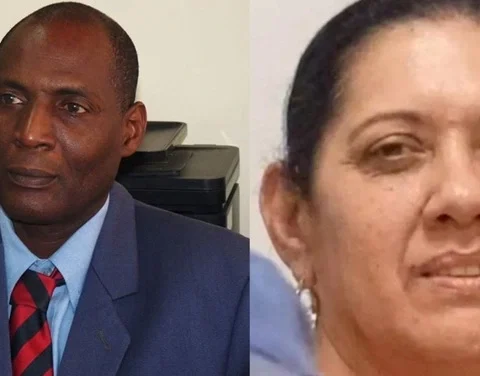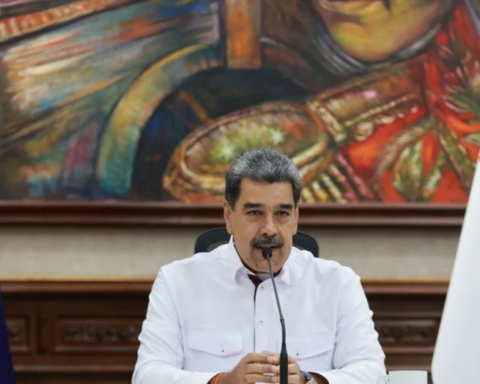Since 1999, when Brazil began adopting the inflation targeting regime, the Broad National Consumer Price Index (IPCA), considered the country’s official inflation, has exceeded the maximum target limit eight times. The last time was last year, according to data released this Friday (10) by the Brazilian Institute of Geography and Statistics (IBGE).
The IPCA, which takes into account the variation in the cost of living of families with an income of up to 40 minimum wages, closed last year at 4.83%. The target stipulated by the government was 3% with a tolerance of 1.5 percentage points (pp) more or less, that is, a range from 3% to 4.5%.
The government body that defines the goal is the National Monetary Council (CMN), made up of the ministers of Finance, Planning and the president of the Central Bank (BC).
The pursuit of the target is led by the BC’s Monetary Policy Committee (Copom). One of the main resources for the Copom to implement monetary policy, that is, to control inflation, is the basic interest rate, the Selic – which serves as a reference for any loan operation.
Effect of interest
A high Selic makes loans more expensive – whether for individuals or companies – and is synonymous with a brake on economic activity, which has the potential to contain price increases. On the other hand, it discourages investments and the creation of jobs and income.
Currently, Selic is at 12.25% per year. The last increase, of 1 percentage point, was on December 11th. The Copom has already indicated further increases of 1 pp in the next two meetings – which take place every 45 days, with the aim of containing inflationary pressure in the coming years.
Weather events, devaluation of the real against the dollar and the price of meat are factors which help explain inflation above the target in 2024.
Why goal?
According to the BC, the inflation targeting regime is the set of procedures to guarantee price stability in the country.
“The target provides greater certainty about the direction of monetary policy, showing society, in a transparent way, the BC’s commitment to price stability”, says the BC.
Also according to the Central Bank, predictability “improves the planning of families, companies and government”.
If, on the one hand, the target sets a ceiling for price increases, it also determines that it not be too low.
It may seem counterintuitive, but very low inflation or deflation (falling prices) can be bad for the economy, since, if constant, it creates a vicious circle that drives away consumption (people may avoid making purchases in the expectation that prices will fall even more so) and negatively impacts economic growth and job creation.
Open letter
Every time the country exceeds the inflation target, the president of the BC has to disclose, through an open letter to the Minister of Finance (who responds as president of the CMN), a detailed description of the causes of non-compliance with the target, the measures to ensure the return of inflation to established limits and the period within which the measures are expected to take effect.
In a letter released this Friday (10), the Central Bank says that the rise in the dollar and commodities (primary goods with international prices) and the heating of the economy explain most of the rise in inflation in 2024.
Node website from the monetary authority are the history of whether or not the target was met and the open letters written.
In addition to 2024, inflation was outside the tolerance range in the following years: 2001, 2002, 2003, 2015, 2017, 2021 and 2022.
Of the eight years of explosion, only 2017 was below the floor. The IPCA ended the year at 2.95%. The determined floor was 3%.
In 2002, when the target ceiling was 5.5%, the IPCA reached 12.53%, the highest since the implementation of the monetary regime. In 2021, the year with the effects of the pandemic, it reached 10.06%.
Continuous goal
Until 2024, the inflation target was closed at the end of the current year. A CMN resolution determines that, for 2025 onwards, the target will be determined over the last twelve months. Thus, verification moves over time, no longer being restricted to the month of December of each year.
This pattern follows international examples and is known as the “continuous target”. For example, in April 2025, the interval from May 2024 to April 2025 will be taken into account to determine whether the IPCA is within the limit. The BC president will have to explain in an open letter if he leaves inflation outside the target for six months in a row.
According to the BC, the use of this period avoids the characterization of non-compliance in situations of temporary variations in inflation. This is the case, for example, of a food price shock that causes inflation to remain outside the tolerance range for just a few months. For 2025, the target remains at 3%, with a tolerance of 1.5 pp more or less.
In 2024, the 12-month accumulated IPCA reached 3.69% in April, before suffering an inflection and following an upward trend, until reaching a maximum of 4.87% in November. The December index (0.52%) allowed a decline at the end of the year, which closed at 4.83%. If the new criteria were in effect, the BC would be adding three consecutive months of rates above the ceiling, but it would not yet need to provide information via an open letter to the CMN.
